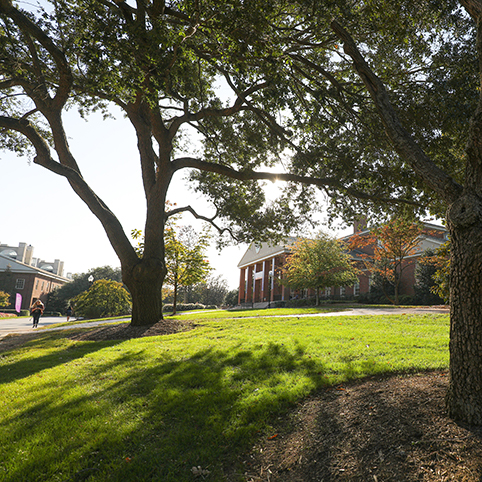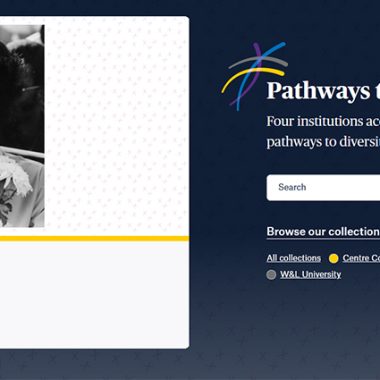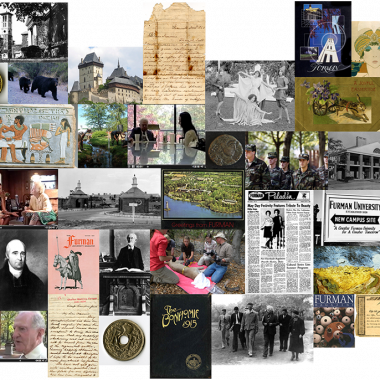Population: 355,608 Lucayan Indians already inhabited the islands when Christopher Columbus set foot in the New World on San Salvador in 1492. The uninhabited island of Big Major Cay in The Bahamas’ Exuma district is home to a small colony of non-native ‘swimming pigs’. It’s thought that they were left by sailors who planned to . . .Continue reading LibDEI: Black History 2023 Day 4 – The Bahamas







